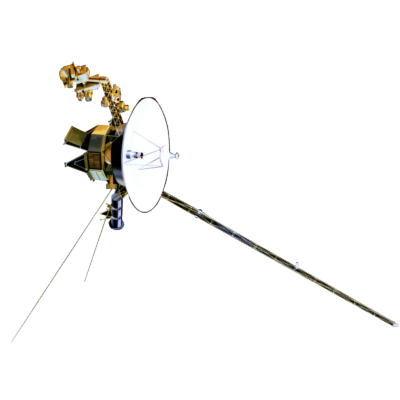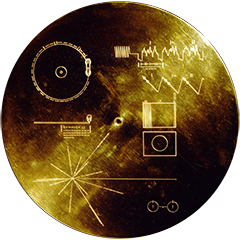VOYAGER
Voyager LECP Data Analysis Handbook
Instrument Modeling Reports
by Sheela Shodhan
E.6 TIMER
FUNCTION TIMER() * * * PURPOSE : THIS FUNCTION DETERMINES THE C.P.U. TIME TAKEN FOR THE PROGRAM.* ****************************************************************************
logical init
data init/.true./
if (init) then
icode = lib$init_timer() ! set up timing block
if (.not.icode) then ! error ?
write(6,2) 'lib$init_timer',icode
2 format(' ',a,' error =',z9.8)
return
end if
init = .false.
end if
icode = lib$stat_timer(2,isec,)
if (.not.icode) then ! error ?
write(6,2) 'lib$stat_timer',icode
return
end if
timer = float(isec)/100.0
return
end
C--------------------------------------------------------------------------
C--------------------------------------------------------------------------
Return to thesis table of contents.
Return to Voyager
LECP Data Analysis Handbook Table of Contents.
Return to Fundamental
Technologies Home Page.
Updated 8/9/19, Cameron Crane
VOYAGER 1 ELAPSED TIME
--:--:--:--
Days: Hours:
Minutes: Seconds
*Since official launch
September 5, 1977, 12:56:00:00 UTC
*Since official launch
September 5, 1977, 12:56:00:00 UTC
VOYAGER 2 ELAPSED TIME
--:--:--:--
Days: Hours:
Minutes: Seconds
*Since official launch
August 20, 1977, 14:29:00:00 UTC
*Since official launch
August 20, 1977, 14:29:00:00 UTC
QUICK FACTS
Manufacturer:
Voyagers 1 and 2 were built in the Jet Propulsion
Laboratory in Southern California.
Mission Duration: 40+ years have elapsed for both Voyager 1 and Voyager 2 (both are ongoing).
Destination: Their original destinations were Saturn and Jupiter. Their current destination is interstellar space.
Mission Duration: 40+ years have elapsed for both Voyager 1 and Voyager 2 (both are ongoing).
Destination: Their original destinations were Saturn and Jupiter. Their current destination is interstellar space.



